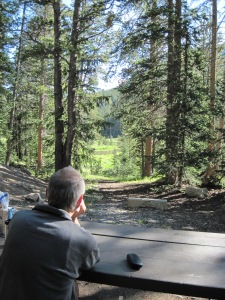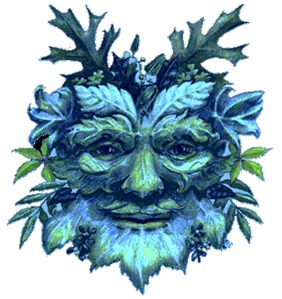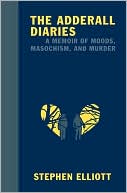Dear Readers, I ask you, what good are printed books?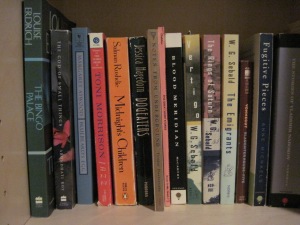
This question grows old, I agree, after we spent weeks addressing it on this very site. Still, a recent spate of articles has sent it chasing round my brain, so here we are again.
EXHIBIT A: “The Fate of the Book” in The Chronicle Review
Article One: William Germano’s provocative title “What Are Books Good For?” leads to the less provocative claim that even inside the “knowledge machine” of a digital text, the codex remains as a “ghost-like” presence. The book, in other words, once “freed of its materiality,” yet lives.
Okay, maybe I’m a little provoked. But hold that thought.
Article Two: “The Cult of the Book—and Why it Must End” by Jeffrey R. Di Leo.
Throwing around words like “cult” and “myth” is a dirty rhetorical gambit. But Di Leo does it repeatedly, which makes me want to just kick him in the shins.
In his favor, Di Leo argues that digital multi-media offers exciting prospects for hybrid forms that should be valued by the academy. Who could disagree?
But if Professor Di Leo wants to root out the cult of the mythic book, he’s going to have to hire meatier thugs than these three 90-pound weaklings: “Digital books are more affordable, accessible, and environmentally friendly.”
The Old One-Two-Three Knock-Out Punch, or What happens Your Opponent Brings His Own Strawmen to the Fight
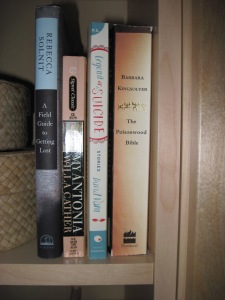
Also not an e-book
More environmentally friendly? Having dispelled Di Leo’s cult-like myth before, I will repeat only briefly that e-readers are not made of pixie wings, and don’t run on dreams. In fact, e-readers are MORE environmentally destructive than mowing down trees. I’m tired. YOU look up the environmental and human cost of manufacturing, transporting, running and disposing of the hardware required for e-media. Multiply that by the speed of planned obsolescence. Then look up the data on the escalating CO2 emissions from server farms and weep.
More affordable? Affordability doesn’t end at the bottom of our pockets. It ends when we’ve counted all the costs. And costs to the planet (see above) are ultimately costs to our own well-being. Perhaps on his next sabbatical, Professor Di Leo might invest in a good course on ecoliteracy, and another on environmental justice.
More accessible? To whom? According to George Lucas’ Edutopia, half (HALF) the households in the U.S. have no internet access at home. How many of those families can afford reading gadgets? Globally, the picture’s even worse.
But Wait, There’s More
Here’s the kicker: Professor Di Leo writes that “Words may look better in print, and a book may feel better in your hands than a Kindle or an iPad, but the words are the same.”
Well, yes, and if I scrawled Ulysses on Dublin walls with the rusty point of a two-penny nail, I could say pretty much the same thing: The “words may look better in print, and a book may feel better in your hands…but the words are the same.” Read the rest of this entry »

